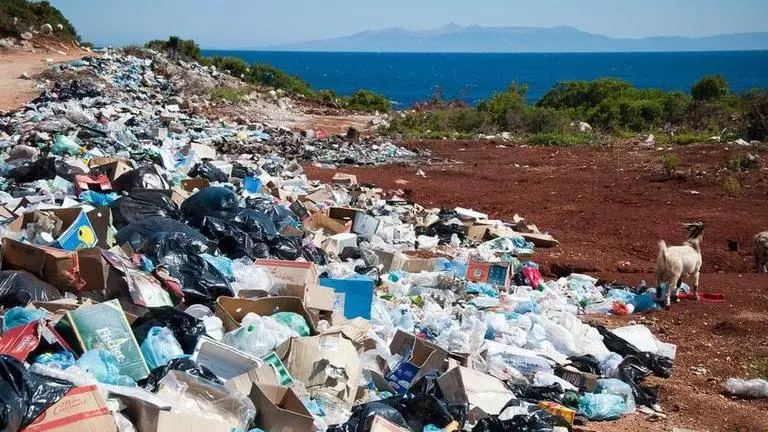Updated 7 October 2020 at 14:00 IST
14 million tonnes of microplastics found on sea floor, says study
A new study published in the journal Frontiers in Marine Science says there is 14 million metric tons of microplastics on the ocean floor.
- Science News
- 2 min read

A new study published in the journal Frontiers in Marine Science on October 5 talks about problems posed by plastic as it says that there is 14 million metric tons of microplastics sitting on the ocean floor. According to the study, this is more than 35 times as much plastic than is believed to be floating on the surface. As a part of the study, researchers quantified microplastics in deep sea sediments from the Great Australian Bight.
Samples collected from GAB
According to the study, plastic pollution gathers in seafloor sediments either by sinking through the water column or through currents and sediments which are transported down continental slopes. Deep sea sediments from the Great Australian Bight were sampled and it was concluded that. The samples were collected using a robotic submarine that went 3,000 meters down. It was then concluded that there was an average of 1.26 microplastic pieces per gram of sediment. According to researchers, this is upto 25 times more microplastics than what has been shown in previous studies.
(Great Australian Bight sampling site locations with bathymetry; n = the number of sediment cores collected per site, latitude, and longitude are in decimal degrees. Image Credits: Frontiersin.org)
(Sediment core and subsample information, including ocean depth at the sample location and the distance from the nearest Australian coastline. Image Credits: Frontiersin.org)
Advertisement
Scientists have termed plastic litter as "one of this generation's key environmental challenges" and the problem is recognized on a global level. The study says, “Plastic pollution of the world’s oceans is an internationally recognized environmental issue (UNEP, 2018). The extent of this pollution, and increasing understanding of its potential impacts, make it a matter of increasing public concern (Bonanno and Orlando-Bonaca, 2018). Millions of tonnes of plastic enter the marine environment annually, and quantities are expected to increase in coming years (Jambeck et al., 2015; Geyer et al., 2017; Lebreton and Andrady, 2019)”. Also, the problem will only get worse as plastic production will increase in the coming years, contributing to more plastic pollution.
Advertisement
(Image Credits: Unsplash)
Published By : Akanksha Arora
Published On: 7 October 2020 at 14:01 IST


